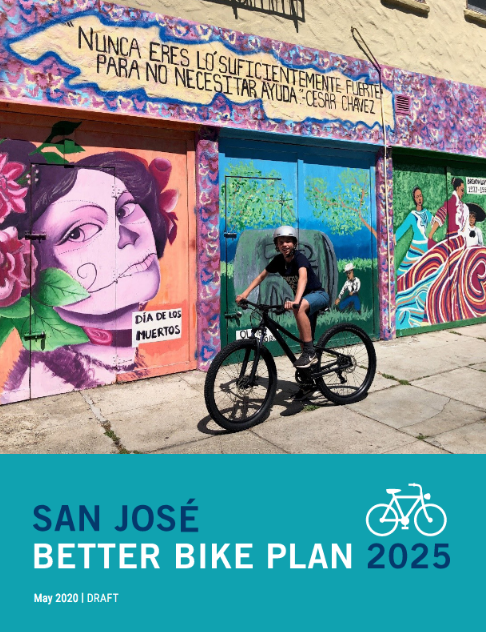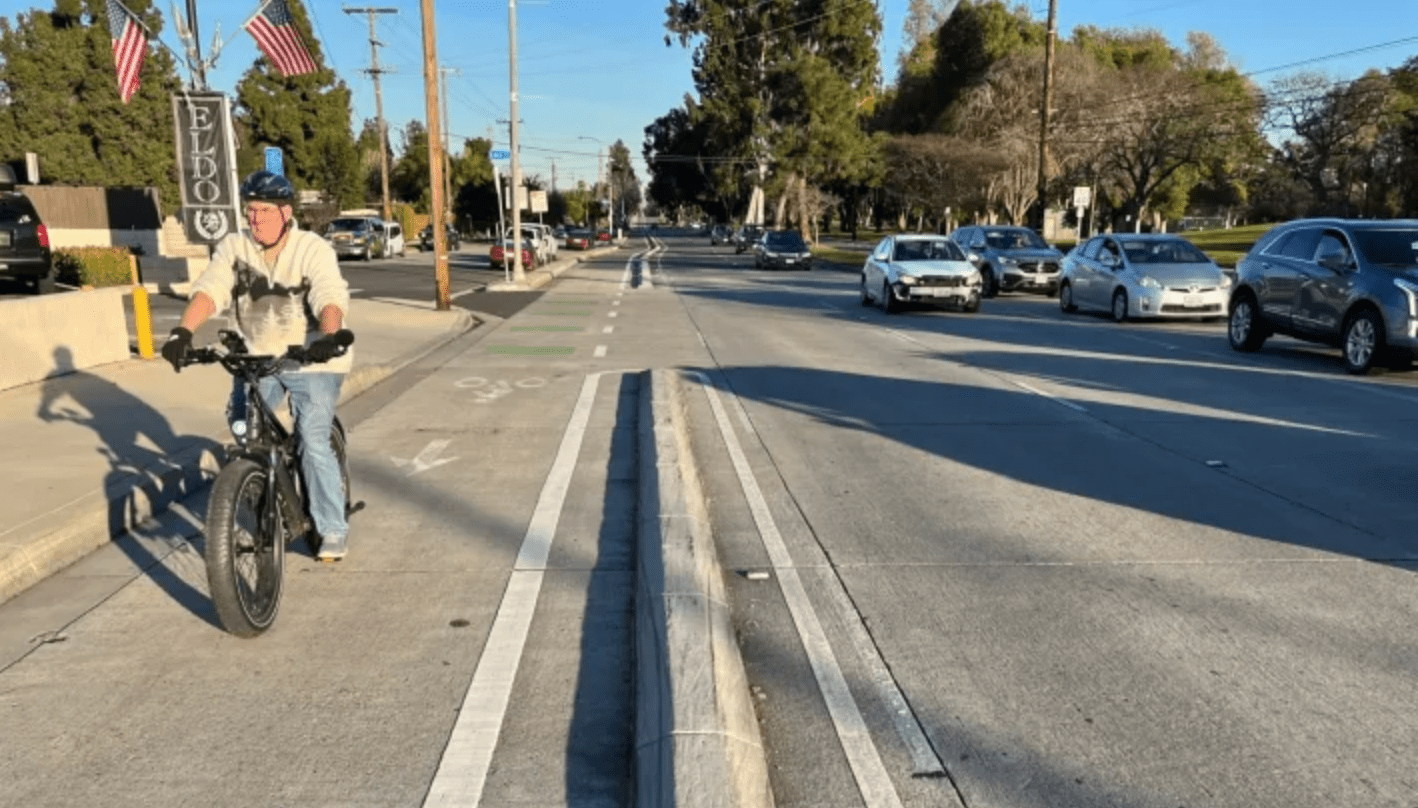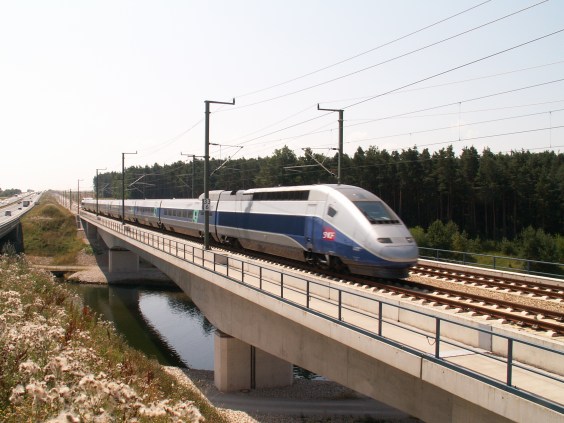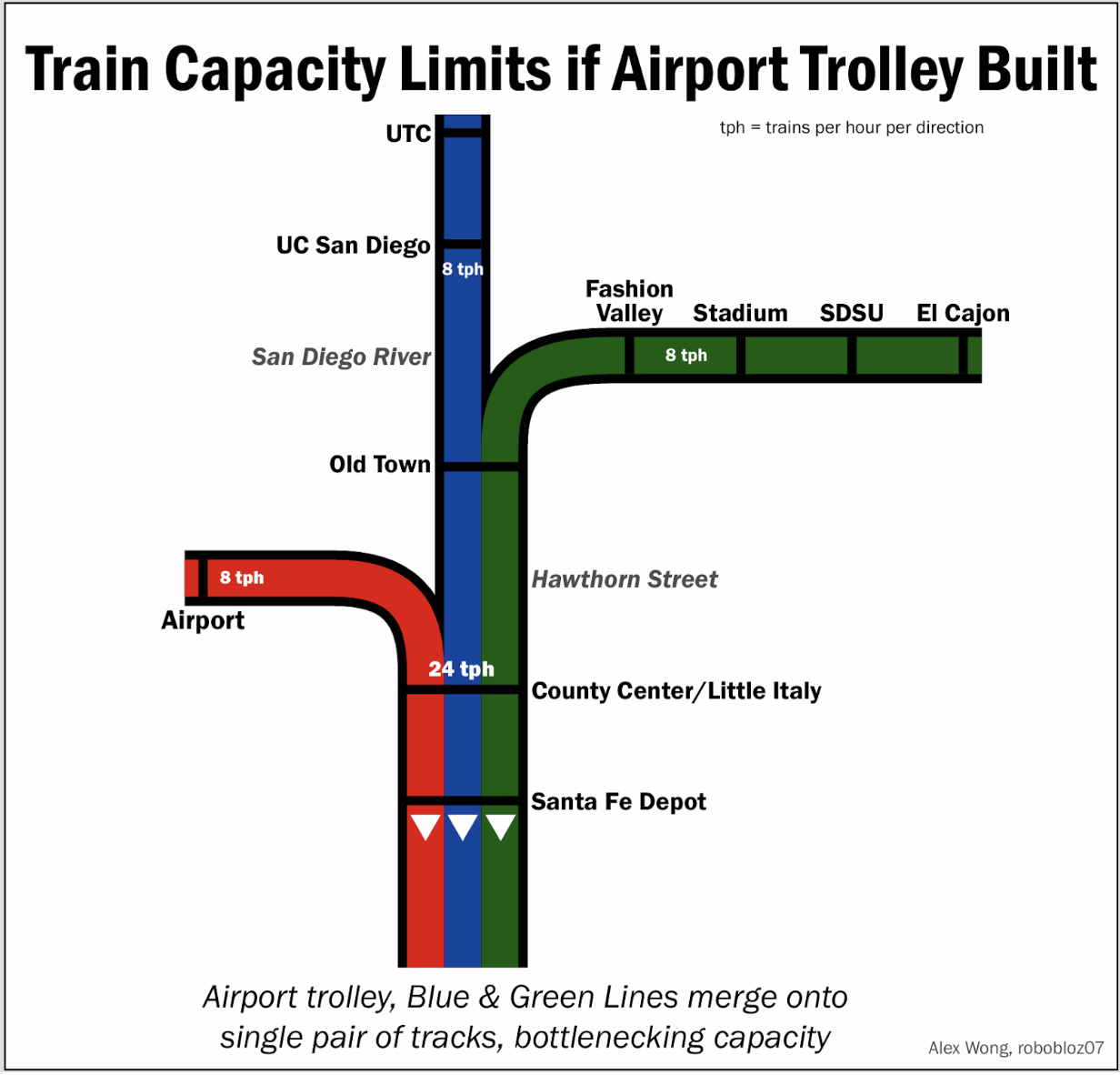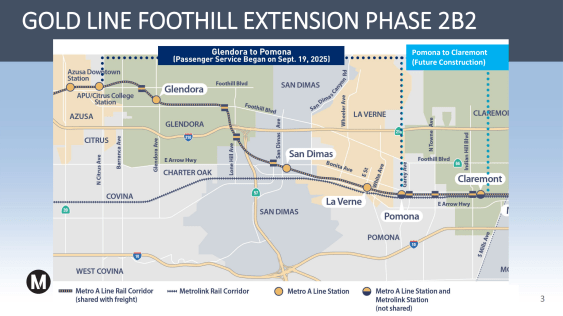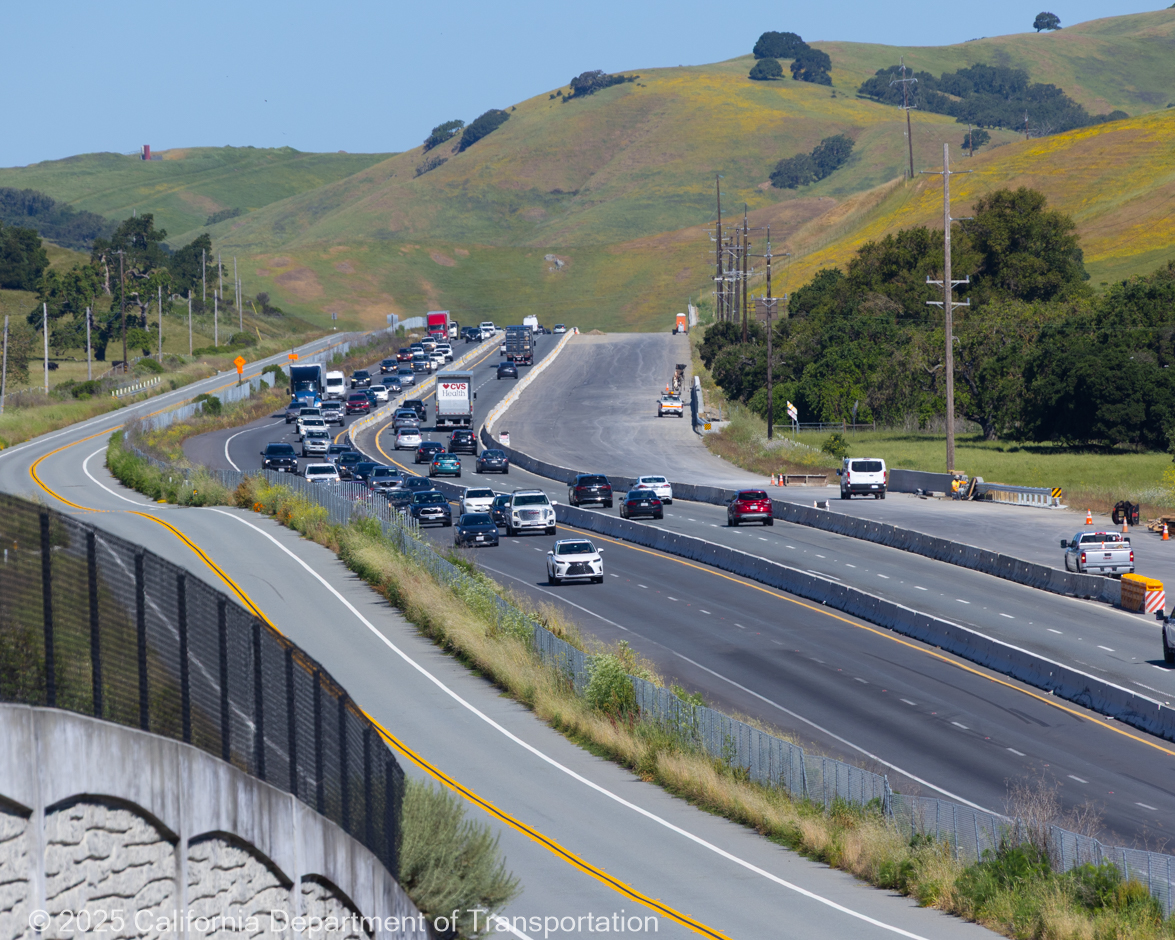The city of San Jose is preparing to adopt a new, ambitious bike plan, the Better Bike Plan 2025.
Supporters and advocates are hoping residents will reach out to the Transportation and Environment Committee when it discusses the draft plan at its Monday, August 31 meeting and voice their support. Once adopted by the Committee, it is expected to be discussed by the City Council some time in September.
While parts of the plan are incomplete - including where the funding for it would come from - it contains some really good analysis of what city residents want and need in terms of healthy transportation. It also includes an ambitious goals to increase the share of bike trips to fifteen percent of all trips by 2040.
It would do so by building high-quality bike facilities, but the plan also acknowledges that street design by itself is not enough. It dovetails with the city's General Plan, which calls for infill and transit-oriented development and creating accessible public spaces. But for San José to get more people to ride bicycles, "the culture must change," writes the plan. Not only does San José need to build a low-stress, connected network, but it also must build a bike culture (via programs, education, and promotion as well as policies and infrastructure) and make alternatives to driving more convenient, including high-quality transit and rebalancing streets to make space for pedestrians, buses, and bikes.
San Jose is mostly flat, and has great weather year-round, a vibrant downtown that encompasses a college campus, and housing and regional transit connections within a short bike ride. But the city has suffered the same economic pressures as cities all over California, especially near the coast, including gentrification, displacement, and affordability problems. Its car-oriented suburbs leave residents with few options other than long hours commuting by car, while rising housing prices in areas more easily accessible to downtown perpetuate historic segregation and inequity patterns.
"The resulting city is not as bike friendly as it could be," writes the plan. Its lack of density and single-use zoning "results in an urban area where housing, jobs, and errands are spread out."
But the city has been working to change that. A bike plan in 2009 set ambitious goals, only some of which have been met, but it got the ball rolling, and city residents began to see what was possible. In 2015, a road diet on Lincoln Avenue led to an 83 percent increase in bike traffic on that road. In 2018, the city passed the Better Bikeways project, which reflected "a new philosophy in street design, focusing on rapidly building low-cost, low-stress bikeways that appeal to a wider audience and include more separation from vehicles. These new bikeways have resulted in an enormous improvement in the quality of biking throughout downtown San José," according to the new plan.
Both John Cordes and Sandhya Laddha of the Silicon Valley Bicycle Coalition praise the work done on the bike plan, particularly the public outreach component. "We want to applaud San Jose's effort to be inclusive," said Laddha. The city reached out through local organizations and events to find out what residents were concerned about, and asked questions like "Which street should we improve first?" "What else can be improved?" and "What would make you want to bike more?"
The answer to that last question: more people biking, better separation from traffic, and more convenience in terms of access to destination, a complete network, and better signage.
"Through its surveys and outreach, the city discovered that almost sixty percent of trips are under three miles," said Laddha. "Even if only half of those are converted to biking, that would create a big mode shift."
They are especially pleased with the city's commitment to keeping bike and scooter share in San Jose. "We think these are crucial both for reducing traffic and increasing equity," said Laddha.
"We're also working with VTA [Santa Clara Valley Transit Authority] to convince them that bike share should be considered public transit and not a commercial venture."
"The city has also done a good analysis of the network, and of potential bike demand in the city," said Cordes. "And they have done a good job of tying it to other plans, like the city's Vision Zero plan, and its transit access and mobility plans including the new BART station, and the downtown station access plans."
"VTA has good visions about how they want to connect via bike," said Cordes, including thinking about stations and connecting bikeways, corridor studies, and supporting the Coyote Creek trail as a regional connector. "Everybody's trying to figure out how to integrate things better now," he added. "People can't use transit if it's disjointed - and that should include the bike."
The city has already nearly completed nearly 400 miles of bike lanes since it began adding them, a process that accelerated after the 2009 bike plan. In the new bike plan, it is making a commitment to convert over 300 miles of existing Class II (striped, on-street) bike lanes to Class IV, or some kind of protected bikeway. Cordes says this is unheard of.
"That could be a sea change in America," he said. "Nobody's done that to that scale. It's a bold step, and that's how they will make it safer for everyone. The city is acknowledging that a painted stripe is not enough to get the 'interested but concerned' people on a bike."
The SVBC urges residents to call in to the committee meeting and voice support for the plan - and push for money to complete it. While funding sources are not identified in the plan, the estimate is that it will cost about $419 million over the next five years for the infrastructure parts of it.
"For context: just one highway interchange in Sunnyvale, at 101 and 237, cost $400 million. That was one interchange, just to make it a little bit quicker for cars," said Cordes. "What we're asking for bike and pedestrian spending is in the rounding error of what we spend on highways."
Another part of the plan that still needs work is the city's goal to create what it's calling "a radically inclusive bike culture." There are some proposals floated as to how to achieve this, but detail is lacking, and there is no estimate of how much it might cost. It would need to include education, programming, incentives, and encouragement on many levels. Both advocates say the city has already been doing a good job on this, both with Safe Routes to Schools programs and its Open Streets event, Viva Calle, which is now twice a year.
These don't have to be expensive, but it's hard to convince those holding the purse strings to fund things that seem amorphous or don't result in some concrete on the ground. "With infrastructure, you can always point to how many miles of lanes you've built," said Cordes, "But education and encouragement only shows up over time, in mode shift and behavior."
But that doesn't mean they need to cost a lot. "For Viva Calle, the biggest expense - at $300,000 a day - was for police," said Cordes.
Nevertheless, recognition of the importance of these elements is good to have in the plan, said Cordes.
"In Santa Clara, we approved a $6.6 billion transportation sales tax. Of that we were happy to carve out $250 million for bike and ped," he said. "Out of that, 85 percent is for infrastructure, and fifteen percent for education and encouragement. So that's way less that $1 million a year."
See the full plan here, plus information about how to call in to Monday's meeting.
